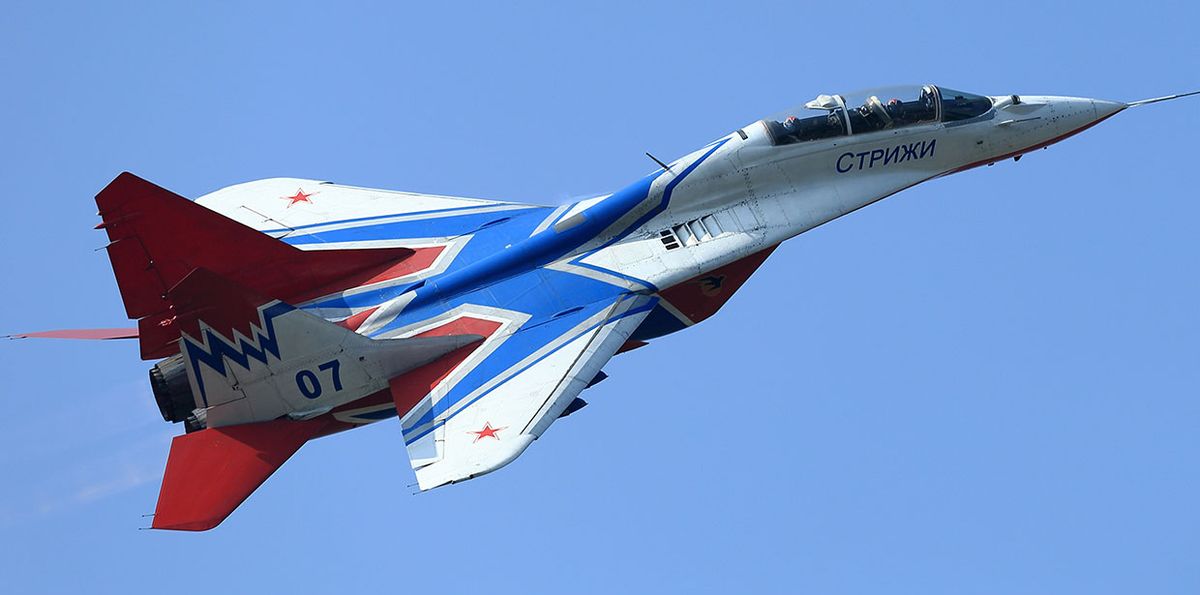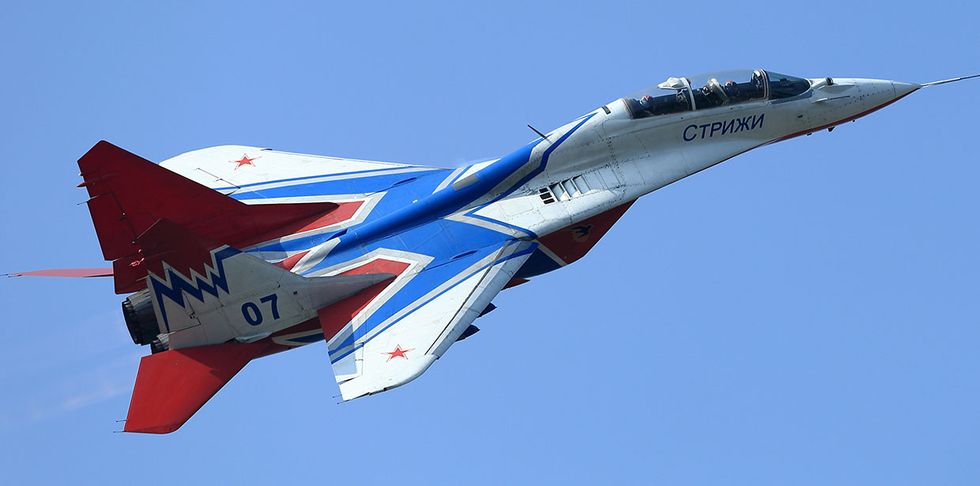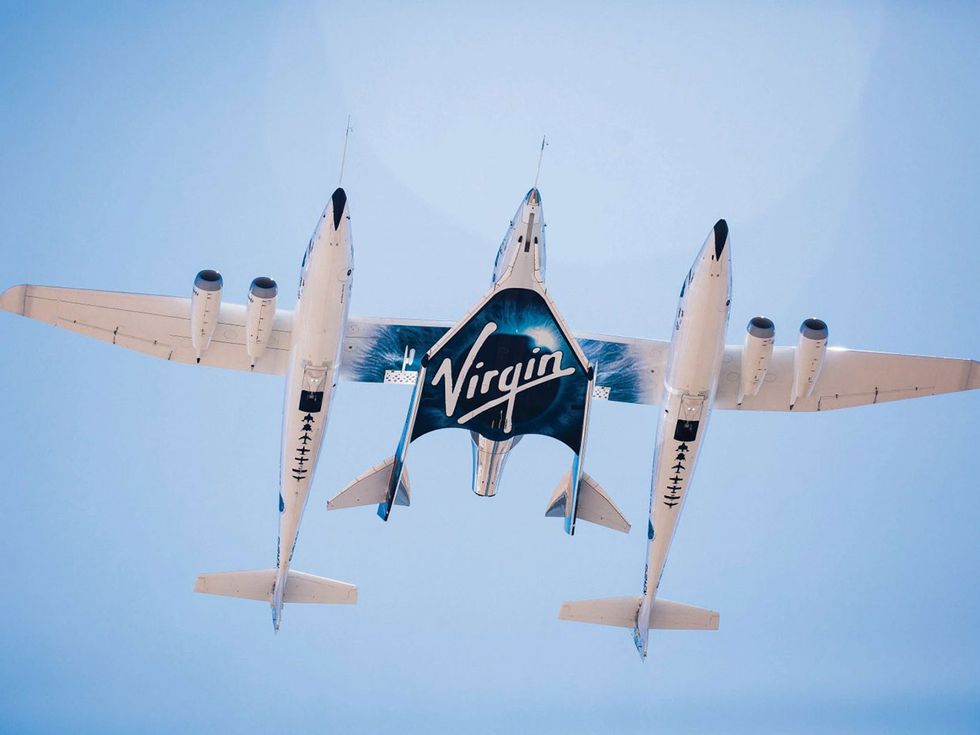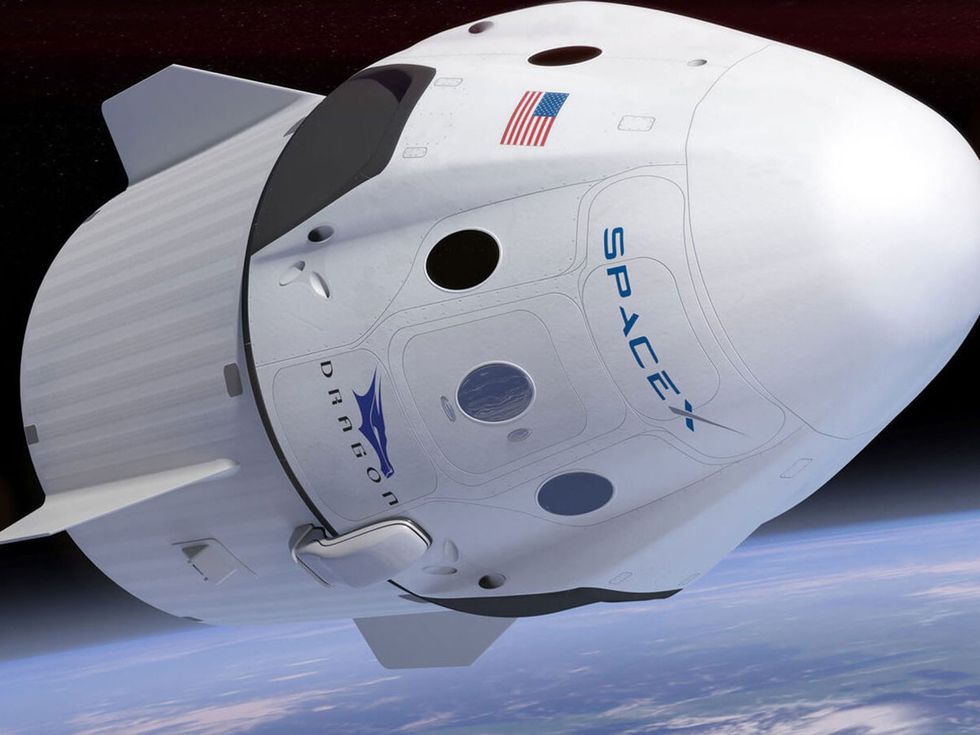THE INSTITUTESoon enough other private citizens will join IEEE Fellow Greg Olsen, who back in 2005 became the world’s third space tourist. He blasted off in a Russian Soyuz rocket and spent eight days at the International Space Station.
Seats for private passengers are limited. The Russian rocket is the only spacecraft that carries astronauts since the United States retired its space shuttle program in 2011. Only six other space tourists in addition to Olsen have been able to afford the trip. He paid US $20 million.
Many enthusiasts want to travel to space but can’t afford to pay millions, so several commercial spaceflight companies have sprung up to fill the need and bring down ticket prices—to the thousands, not millions, of dollars.
Here are the five companies that are showing the most progress. Each has shared varying levels of details about its plans. All intend to run a battery of medical tests on passengers to ensure they’re fit to fly, and provide training on safety measures as well as emergencies.
Video: Blue Origin
Blue Origin
This company expects to start offering suborbital flights next year aboard its reusable capsule module, powered by its New Shepard rocket, says founder Jeff Bezos. Bezos held a Q&A session in April with Space News and others at the Space Symposium, in Colorado Springs, Colo. He was there to show off the capsule’s cabin.
The 530-cubic foot cabin can hold six passengers for the 11-minute flight, which will include about 4 minutes of weightlessness, Blue Origin says. Each passenger will have a window seat and a monitor will show the flight’s progress. The capsule is expected to soar more than 100 kilometers above Earth, with G-forces peaking at about 3 Gs on the way up and more than 5 Gs on the way down. Blue Origin says it will provide training on weightlessness.
There are no plans for an onboard crew; launch and ascent are to be controlled remotely and autonomously, with backup systems in case something goes wrong. The space tourists will be assisted by a Blue Origin employee on the ground who’ll provide guidance, including when it’s safe to leave their seat and when it’s time to strap in for re-entry, the company says. A parachute will be deployed to land the capsule.
The price of the ticket hasn’t been set, according to Bezos, founder and CEO of Amazon. “We’ll probably start taking down payments and selling tickets when we’re closer to commercial operations,” he said at the symposium.
When former astronaut Nicholas Patrick, Blue Origin’s “human integration architect,” was asked about the price of a ticket by GeekWire, he said, “We’re not going to get millions of people living and working in space by charging a quarter of a million dollars or $100,000 just for a suborbital flight. We need to get that cost down to thousands or even hundreds of dollars eventually.”
The flights will likely take off from a new launch facility Blue Origin is building at the Cape Canaveral Air Force Station, in Florida.
Photo: VCG/Getty Images
Go Russia
If you have $19,000 to spare, a certified pilot can take you on a 50-minute ride aboard a MiG-29 supersonic fighter jet to 23 km, just below the altitude of space. That viewpoint reveals the boundary between Earth’s sky and space, and the curvature of the planet.
Because the jet can travel at more than twice the speed of sound, passengers wear a so-called G-suit, which uses compressed air to push the passenger’s blood back toward the head during maneuvers in 5 to 7 Gs; the jet performs aerobatics such as rolls, loops, and dives. Flights take off from Nizhny Novgorod, about 415 km east of Moscow.
Photo: Virgin Galactic
Virgin Galactic
The VSS Unity SpaceShipTwo rocket plane will make suborbital space flights, Virgin Galactic says. The plane’s wingspan is 8.2 meters, and its top speed is 4,000 km per hour. If test flights continue to be successful, rocket-powered tests will take pilots to outer-space heights, the company says. Once those are completed, VSS Unity is then expected to begin commercial service within two years.
About 700 customers have already paid $250,000 for a ticket, the company says. Virgin Galactic’s founder, Richard Branson, is expected to be among the first passengers.
The flights are slated to take off from Spaceport America, located in the Jornada del Muerto desert basin, in New Mexico.
Illustration: SpaceX
SpaceX
Founder Elon Musk, an honorary IEEE member, announced in February that next year SpaceX will fly two space tourists past the surface of the moon, according to The New York Times.
The unnamed passengers paid an undisclosed amount for their tickets aboard SpaceX’s Dragon capsule, powered by the company’s Falcon Heavy rocket. The capsule is expected to skim the moon’s surface but not land—then continue outward before gravity brings it back to Earth for a landing. The weeklong flight would cover a distance of approximately 645,000 km. Lift-off is expected to be from the Kennedy Space Center, in Cape Canaveral, Fla.
SpaceX also is developing a reusable rocket to fly passengers to Mars. Those flights won’t start for another decade, Musk estimates, adding that the price for that ticket will be about $200,000. He outlined his plans for a self-sustaining Martian city last year during the International Astronautical Congress.
Video: World View
World View
The company is taking reservations but hasn’t yet scheduled flights on the Voyager, a capsule tethered to a helium-filled balloon that is expected to provide a suborbital ride for a crew of eight. Floating up as high as 30.5 km, passengers would be able to see the Earth’s curves and the blackness of space before gliding back down.
The capsule will be outfitted with large windows, a small bar, and a bathroom, and will include Wi-Fi service, according to a Verge article.
When it’s time to descend, the pilot will start venting helium from the balloon, the company says. After a while, the balloon and capsule will separate, it says, with the latter eventually making a soft landing at a predetermined site with the aid of a steerable, parachute-like device.
The trip will last about six hours, and a seat will cost $75,000, according to the Verge article. Flights are to take off from World View’s spaceport in Tucson, Ariz.

 Photo: VCG/Getty Images
Photo: VCG/Getty Images Photo: Virgin Galactic
Photo: Virgin Galactic Illustration: SpaceX
Illustration: SpaceX